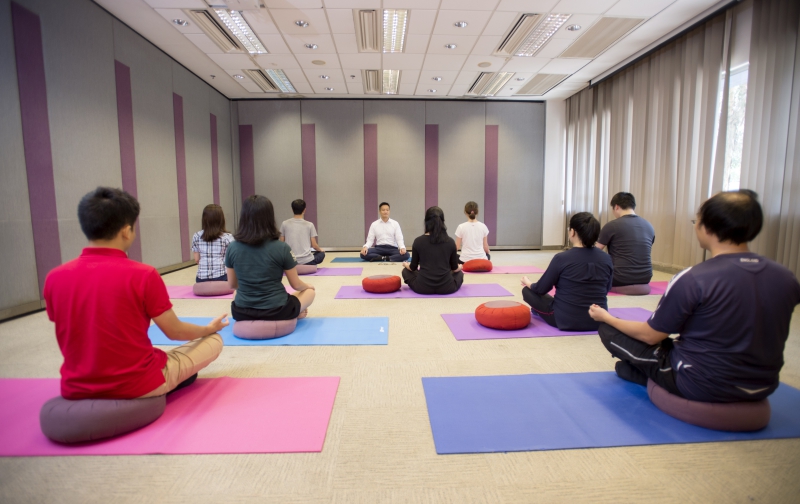

If a conversation with my fiancée contained anything other than getting to the point, I would wander off to play guitar or piano without even thinking about it. If the idea of buying something that I did not need popped into my head, I would buy it just as quickly as I got the idea. If I could not find the intensity for a class or assignment, I chose to do something that could provide that stimulation instead. That same desire for intensity made it difficult to give some work any attention at all. My brain needed intensity in order to successfully function, so pushing deadlines was my way of getting motivated to finish a project in college. Seeking to handle these issues in a healthy way had never even crossed my mind. I was content with procrastinating as long as possible, getting grades less than my potential, making impulsive and irresponsible purchases, and coming off as rude by not being able to keep focused in a conversation. For most of that time, I have viewed my ADHD as a major disadvantage, and I refused to take it seriously. Sometimes, what is considered a weakness can turn out to be a great strength. I wish you luck as you enter law school, and I am really impressed by your ability to illustrate how you have made small, subtle changes to work with your ADHD, instead of against it.

He has succinctly captured how and why ADHD Coaching can be helpful. This post is written by one of my ADHD coaching clients, Joshua.

However, once I gave myself permission to open up my mind to other possibilities for accessing my silence, I found ways to use movement and exercise to access the creativity and energy located inside of me.ADHD Mindfulness Training: The Mr. That simply did not work for me no matter how hard I tried. Meditation does not mean you have to sit in with your legs crossed in a lotus position with your palms upright resting on your knees with a rigid posture. You might want to start with learning to feel comfortable with silence.Īlso, for those of you who have difficulty doing any kind of sitting in a traditional meditation style, there is always moving meditation which for me is a daily regimen of diverse, fun physical exercises where I often become hyper-focused. I think the benefits to people with ADHD can be significant but learning to sit still with a physically and/or cognitively hyper active mind is quite challenging. After doing this exercise, I think it will be come increasingly clear to you it takes discipline to sit still in silence. They claim it clears the fog in their mind and creates renewed energy. People who regularly meditate often do it for thirty minutes to one hour a day. What did you notice? Where did your mind and thoughts go? What would happen if you extended it to one minute of silence? Notice how long that small duration of time feels when there is total silence. Of course the clock must be clearly in view, with no distractions and don’t say anything for thirty seconds. Just listen and be present with the silence permeating your presence. Sit in a quiet room, with a clock or watch that has a second hand. We as a human race are very uncomfortable with silence. You perceive a void and feel responsible for creating some sort of response because the silence makes you squirm in your mind and body. Whether you are at a restaurant with friends, listening to a lecture or simply having a conversation with a friend, I sense there is an underlying pressure that most people feel to fill the space of silence.

Lately, I have been observing people in conversations more than I ever have before and what I have noticed is most people are very uncomfortable with silence.


 0 kommentar(er)
0 kommentar(er)
